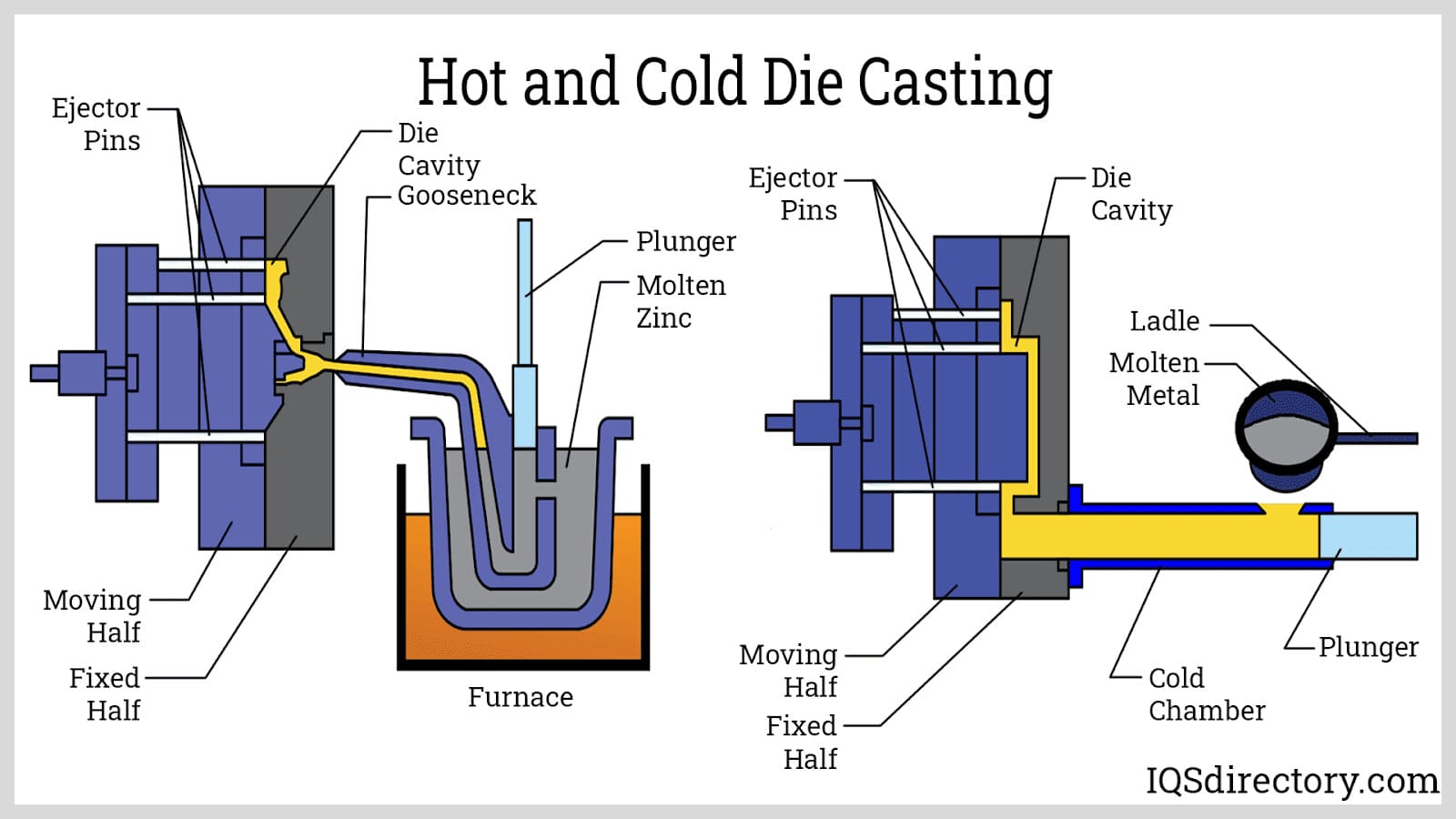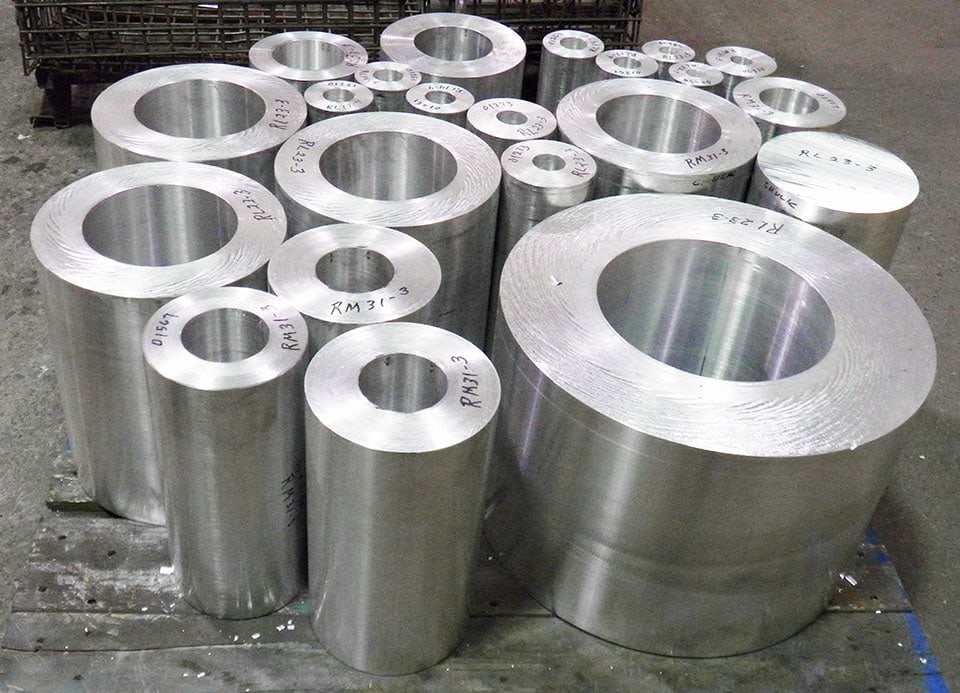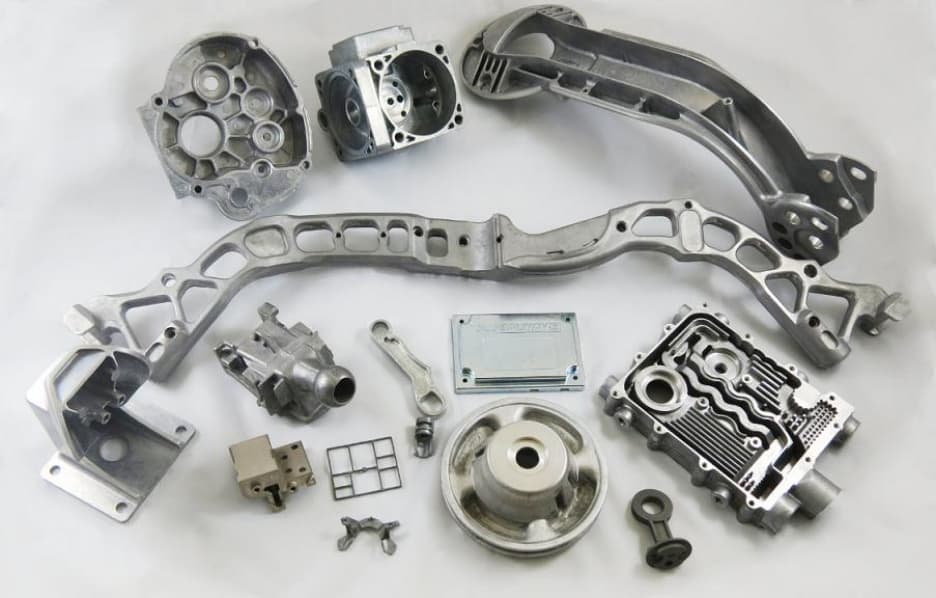Understanding the Duty of Aluminum Foundry in Creating High-Quality Metal Products
Aluminum foundries are crucial in the production of high-grade steel products. They use numerous casting strategies, such as sand and die casting, to achieve precision and durability. With extensive top quality control measures in location, these centers ensure that their items satisfy industry criteria. As markets evolve, the function of Aluminum factories continues to adjust. This questions regarding future innovations and sustainability practices that might redefine their effect.
The Aluminum Spreading Refine: Strategies and Developments
The Aluminum casting process has actually advanced substantially, including different methods and advancements that boost effectiveness and item high quality. Typically, methods such as sand spreading and die casting were primary; nonetheless, improvements have actually introduced processes like investment spreading and low-pressure die spreading. These developments enable producers to attain intricate layouts and tighter tolerances, reducing material waste and improving overall performance.
The assimilation of computer-aided design (CAD) and simulation software program permits for even more accurate modeling and screening, ensuring that prospective issues are identified early in the production cycle. Aluminum Castings. Furthermore, advancements in alloy formulas result in boosted mechanical homes and deterioration resistance
These advancements not only improve manufacturing but likewise advertise sustainability by minimizing energy consumption and emissions. As the sector proceeds to welcome brand-new innovations, the Aluminum spreading procedure stays an important element in generating high-grade steel products that satisfy diverse market demands.
Applications of Aluminum in Various Industries
Light weight aluminum's flexibility and favorable buildings make it a useful product across different industries. In the automotive market, Aluminum is extensively made use of for its light-weight attributes, adding to boosted gas effectiveness and efficiency. The aerospace industry likewise advantages, as light weight aluminum's high strength-to-weight ratio improves airplane style while keeping security requirements.
In building and construction, Aluminum is preferred for its sturdiness and resistance to rust, making it perfect for home window structures, roof, and architectural elements. The product packaging sector leverages light weight aluminum's safe nature and recyclability, particularly in food and beverage containers, making certain safety and sustainability.
Additionally, the electric industry employs Aluminum for its superb conductivity in circuitry and transmission lines. The consumer items market makes use of Aluminum in products ranging from kitchen area utensils to electronic devices, emphasizing its versatility. Subsequently, Aluminum plays a vital duty in enhancing performance, performance, and sustainability across diverse applications.
Advantages of Making Use Of Aluminum Over Various Other Metals
While many metals are used in numerous applications, Aluminum stands out as a result of its distinct combination of buildings that provide a number of advantages over other products. Its light-weight nature significantly lowers transport expenses and power usage, making it ideal for markets such as vehicle and aerospace. Aluminum's excellent rust resistance boosts longevity, expanding the life of items and minimizing maintenance demands. In addition, it exhibits high thermal and electrical conductivity, making it suitable for electric and thermal management applications.
The metal's pliability allows for complex designs and complicated forms, giving adaptability in manufacturing procedures. In addition, Aluminum is 100% recyclable without loss of quality, advertising sustainability and lowering ecological influence. Metal Castings. These attributes, combined with its fairly affordable contrasted to other steels, position Aluminum as a recommended choice throughout various markets. Generally, the benefits of Aluminum add to its enhancing appeal in the manufacturing of high-quality metal items

Quality Control Steps in Aluminum Foundries
Quality assurance measures play a vital duty in the Aluminum Foundry procedure, making sure that the final products meet strenuous market requirements and customer expectations. These measures generally start with product examination, where raw Aluminum is evaluated for purity and structure. When the spreading process begins, temperature control is essential; preserving excellent molten metal temperatures stops defects such as porosity and shrinkage.
Additionally, non-destructive testing (NDT) strategies, consisting of radiographic and ultrasonic inspections, are utilized to detect inner problems without harming the spreadings. Aesthetic inspections are likewise conducted at different phases to identify surface area blemishes.
In addition, adherence to well-known high quality management systems, such as ISO criteria, is crucial for maintaining i was reading this uniformity and traceability throughout the production process. Normal audits and worker training on quality criteria add to a general culture of excellence, making certain that the items not just exceed but satisfy client expectations in performance and longevity.
The Future of Aluminum Foundries: Patterns and Sustainability
As the Aluminum Foundry sector evolves, emerging fads and an emphasis on sustainability are reshaping its landscape. Boosting need for resilient and light-weight products in industries like automobile and aerospace drives innovation in Aluminum casting strategies. Advanced technologies, such as expert system and automation, are enhancing manufacturing efficiency and precision while reducing waste.
Sustainability is ending up being a vital concern, motivating shops to apply environmentally friendly methods, consisting of reusing Aluminum scrap and utilizing renewable resource resources. The shift in the direction of round economy concepts encourages factories to reduce ecological influence while meeting consumer expectations for sustainable products.
In addition, regulative stress are pushing the industry towards cleaner operations, cultivating cooperation between manufacturers and environmental companies. As these trends merge, the future of Aluminum shops will likely be identified by a dedication to top quality, sustainability, and effectiveness, ensuring their significance in a competitive market.
Frequently Asked Concerns
What Are the Ecological Effects of Aluminum Foundries?
Light weight aluminum foundries add to environmental effects with power consumption, greenhouse gas discharges, and prospective air and water air pollution. Furthermore, mining bauxite for Aluminum can result in habitat damage and dirt destruction, impacting local communities.

Exactly How Do Shops Guarantee Employee Safety And Security During Production?
Foundries implement rigorous security protocols, consisting of safety view publisher site devices, ventilation systems, and normal training. They conduct risk evaluations and preserve safety and security requirements to decrease threats, guaranteeing a safer working setting for staff members throughout the production process.
What Accreditations Should a Light Weight Aluminum Foundry Have?
A light weight aluminum Foundry ought to possess qualifications such as ISO 9001 for top quality administration, ISO 14001 for ecological management, and OSHA conformity for security requirements. These accreditations assure adherence to market policies and dedication to quality and safety techniques.
Exactly How Does Aluminum Recycling Affect Foundry Operations?
Aluminum recycling substantially boosts Foundry procedures by giving a cost-efficient raw product resource, decreasing power consumption, and lessening ecological influence - Aluminum Castings. It additionally urges lasting techniques, allowing foundries to keep competition in a quickly progressing market
What Prevail Problems in Aluminum Castings?
Typical flaws in Aluminum castings include porosity, contraction, inclusions, and surface area flaws. These problems can emerge from incorrect mold layout, insufficient pouring strategies, or contamination throughout the melting and casting procedures, affecting total item top quality.
